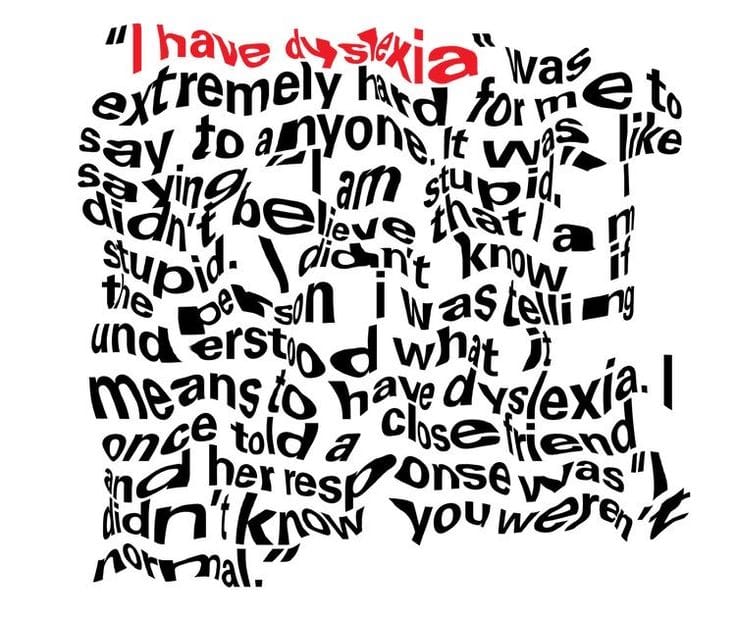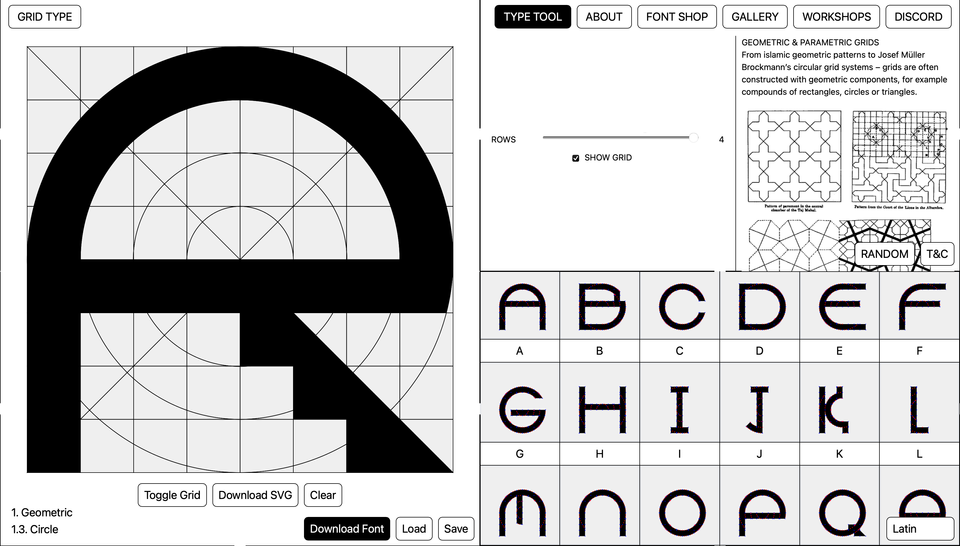Immersive technologies

Going into the workshops my understanding and knowledge of AR and all immersive technologies was next to none. I had tried a VR headset but that's about it. When Graham led the workshop to teach about AR and how to use Adobe Aero I thought it was quite interesting and could be a bit of fun to play around in.
The task of trying out the app to create something AR was to make an experience that could be added to the Neurodiversity campaign.

My group created a pitch to show the public what it's like to experience dyslexia in a public space. A simple way we thought to do this in AR (it was our first time trying so we went for simplicity) was making the letters move around and distort, while it isn't an accurate representation we were trying to capture feelings and frustrations of difficulty with reading. Using Adobe Aero I found it difficult to navigate and get something to do exactly what I wanted. But I also struggle with conceptualising 3d things on a screen, my process and way of thinking lean towards hands-on making so this was difficult on my brain as well.
After this workshop, I wanted to learn more about the differences between AR, VR and how they are applied in the real world outside of making artist experiences which is what I'm limited to thinking about its usability.
AR vs VR
I never fully understood the difference between VR and AR, watching these videos and doing research means I now actually have a grasp on the difference and how they are used and applied differently.
- VR [virtual reality] - is a fully immersive digital space, it transports you to a different environment entirely. When you put on a VR headset everything you see around you is different to where your stood.
- AR [augmented reality] - viewing the environment that you're in with a digital overlay/ elements. Like pulling out your phone and being able to see a digital sculpture or written information through the camera.
- Immersive technology - is a term that encompasses all these different terms and technicalities, VR and AR aren't the only ones and the lines between all these terms get blurred and mixed so immersive technology groups it all together.
Pokemon Go
I thought I hadn't experienced any AR before but I completely forgot about the craze of Pokemon Go, on top of forgetting I had never realised that the technology used to create Pokemon Go is AR. I remember doing a 5-mile walk with school and my friends spent the entire walk trying to catch Pokemon (we were nearly last). I can see how AR can be used in creative, interesting and fun ways I hadn't thought about before.
Medical and practical uses
The most obvious use of AR and VR that had slipped my mind is its use in medical and practical fields. It can be used in a variety of ways from teaching anatomy to overlaying schematics onto machinery to make production easier. As these are fields that don't interest me they don't come to mind for using new tech and how things can be applied in the real world so it is good to take a step back and learn about AR's other uses as this can inform and help when it comes to using AR in graphic design.

